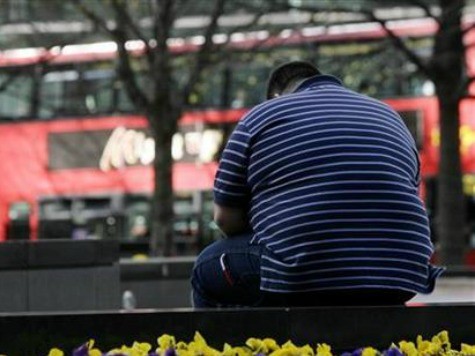
Some experts in the field of fertility are raising an alarm over a “sperm crisis,” because they believe sperm counts have been on the decline for a decade or more.
The Wall Street Journal reports that scientists debated the possibility of a decline in male fertility at an annual conference of the European Society of Human Reproduction and Embryology last week.
A recent analysis found that, in France, the sperm concentration of men decreased by nearly one-third between 1989 and 2005. In addition, many studies from other European nations found that, over the past 15 years or so, the counts of healthy men ages 18 to 25 have dropped significantly. These findings come after a prominent study from the 1990’s indicated that the average sperm count has decreased by half over the last half-century.
The validity of these findings has been questioned because of substantial variations in results by country and region. Some areas, particularly in the developing world, have not been studied at all. No recent published data exists regarding American men, though some historical data suggest a decline in sperm count among men in the United States.
Scientists are concerned if men are producing less sperm for reasons other than the obvious male fertility and reproduction issues. Some suggest that possible environmental factors that could harm sperm count may also affect other organs or body systems. In addition, sperm count has been associated with life expectancy, regardless of cause of death.
“It’s a public health indicator,” said Joelle Le Moal, an epidemiologist at the French Institute for Public Health Surveillance near Paris.
Those concerned with environmental factors have focused on pesticides, Bisphenol A, and sedentary lifestyles as possible contributions to decreased sperm counts.
However, critics of the “sperm crisis” theory say that sperm concentration in a population is very difficult to measure, primarily because it is hard to find men representative of the population. Studying men who go to a fertility clinic, for example, would provide skewed results. Similarly, sperm donors would not be a representative sample of men. In addition, the participation rate in such research is likely to be low.
Scientists say that studies of sperm count could also be flawed by errors in measurement due to environmental factors such as length of abstinence, scrotal temperature, and time of year.
Stefan Schlatt, director of the Center for Reproductive Medicine and Andrology at the University of Munster in Germany, is critical of the “sperm crisis” theory. Schlatt says that, even if there is a decline in sperm count, it is not worldwide. Also, he states that, even if sperm count declined over time, the number of men who would fall into the category of subfertile or infertile is vague.
Some studies across northern Europe, however, found that as many as one in five men have sperm counts low enough to impact fertility, according to Richard Sharpe, a male reproductive health specialist at the University of Edinburgh.
More evidence seems to suggest that early life influences, at only between eight and 14 weeks of gestation, make a significant difference and can be irreversible. One of the strongest links with decreased sperm count in males is maternal smoking during pregnancy.
A well-known longitudinal study known as the Raine Study, observed 2,000 males enrolled as babies – and now in their early 20’s – and found that the size of the testicles was related to total sperm count, and sperm count was more likely to be lower in boys who were born small for gestational age, who were overweight or underweight in childhood, or whose mothers smoked during pregnancy.
Current male marijuana use was also linked to lower sperm count, according to a study by Roger Hart, professor of reproductive medicine at the University of Western Australia.

COMMENTS
Please let us know if you're having issues with commenting.